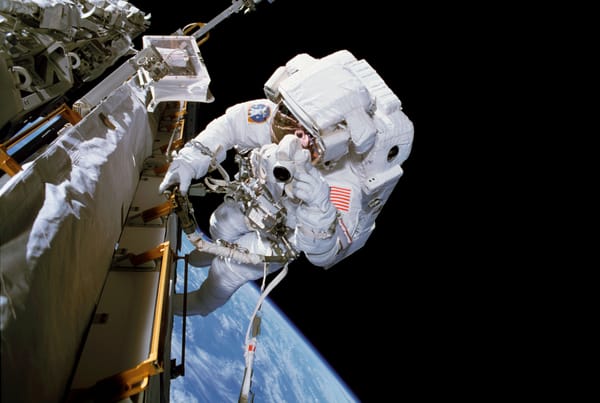Neutron stars
When the hype for the announcement of the previous GW detection was ramping up, I had a feeling LIGO was about to announce the detection of a neutron-star collision. It wasn’t to be – but in my excitement, I’d written a small part of the article. I’m sharing it below. I’d also recommend reading this post: The Secrets of How Planets Form.
Stars die. Sometimes, when that happens, their outer layers explode into space in a supernova. Their inner layers collapse inwards under the gravity of their own weight in a violent rush. If the starstuff can be packed dense enough, the collapse produces a blackhole – a volume of space where the laws of quantum mechanics and relativity break down and the particles of matter are plunged into a monumental identity crisis. However, if the dying star wasn’t heavy enough when it blew up, then the inward rush will create a very, very, very dense object – but not a blackhole: a neutron star.
Neutron stars are the densest objects in the universe that astronomers can observe. The only things we know are denser than them are blackholes.
You’d think observed means ‘saw’, but what is ‘seeing’ but the light – a form of electromagnetic energy – from an event reaching our eyes? We can’t directly ‘see’ blackholes collide because the collision doesn’t release any electromagnetic energy. So astronomers have built a special kind of eyes – called gravitational wave detectors – that can observe ripples of gravitational energy that the collision lets loose.
The Laser Interferometer Gravitational-wave Detector (LIGO) we already know about. Its twin eyes, located in Washington and Louisiana, US, have detected three blackhole-blackhole collisions thus far. Two of the scientists who helped build it are hot favourites to win the Nobel Prize for physics next week. The other set of eyes involved in the last find is Virgo, a detector in Italy.
You’ve been told that blackholes are freaks of nature. Heavy objects bend spacetime around themselves. Blackholes are freaks because they step it up: they fold it. They’re so heavy that when spacetime bends around them, it goes all the way around and becomes a three-dimensional loop. Thus, a blackhole traps one patch of the cosmos around a vanishingly small heart of darkness. Even light, if it comes close enough, becomes trapped in this loop and can never escape. This is why astronomers can’t observe blackholes directly, and use gravitational-wave detectors instead.
But neutron stars they can observe. They’re exactly what their names suggest: a ball of neutrons. And neutrons experience a force of nature called the strong nuclear force, and it can be 100,000 billion billion billion times stronger than gravity. This makes neutron stars extremely dense and altogether incredibly heavy as well. On their surface, a classic can of Coke will weigh 355,000 billion tonnes, a thousand-times heavier than all the humans on Earth combined.
Sometimes, a neutron star is ravaged by a powerful magnetic field. This field focuses charged particles on the neutron star’s surface into a tight beam of radiation shooting off into space. If the orb is also spinning, then this beam of radiation sweeps through space like the light from a lighthouse sweeps over the sea near it. Such neutron stars are called pulsars.



